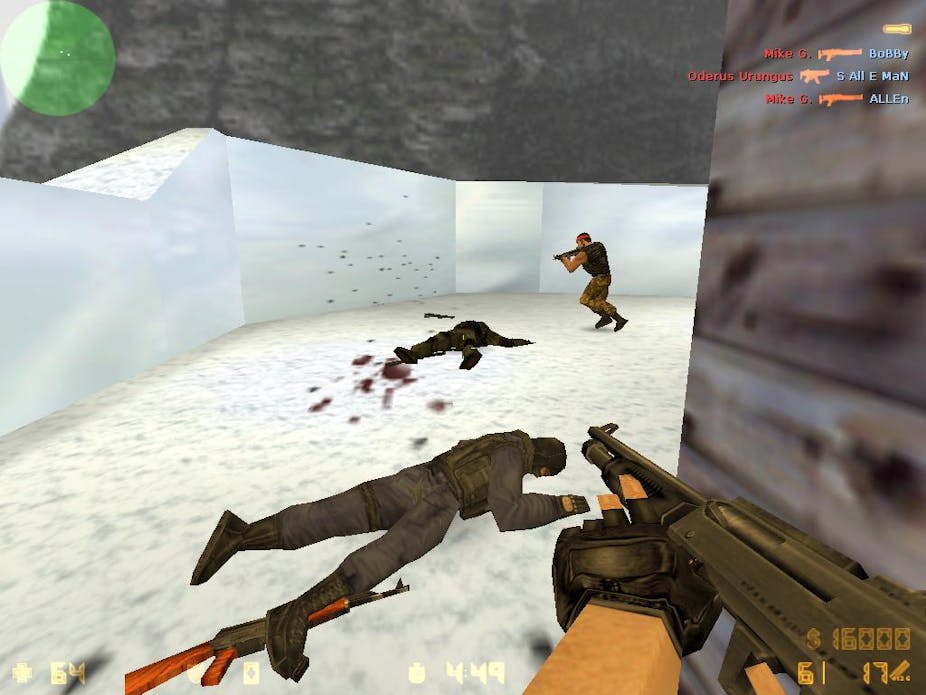There may seem to be no connection between terrorism and cancer. But that is an oversight. If considered closely, it is easy to see that both exhibit loss of control present in “normal” conditions and are often detected only when they have already invaded and spread to different sites.
So could insights gained from studying communication networks in terrorism help the oncologist decide which therapy is better for which cancer patient? Mary McGuire of University of Texas Medical School thinks so. In a new study, published in Decision Analysis, she finds similarities between communication networks of successful terrorist organisations and those of molecular communications in cancers. These similarities could be exploited to build better treatment regimes.
Making networks resilient
McGuire’s work began when she came across the case of a multi-year survivor of pancreatic cancer, a disease that typically kills in less than six months of detection. She used the patient’s data to generate the most likely biological “pathways”, or signalling networks, that cells use to sense their environment and communicate with each other.
What she found was a “star-shaped” network – that is, a network in which the central “leader” or “hub” connects with every other entity, ensuring fast and flexible communication. Such star-shaped networks are also adopted by successful terrorist movements because they are resilient to cascading failures – such as blackouts caused by power-grid failure – which can occur when other parts of the network communicate with each other directly through multiple connections.
However, these star-shaped networks are not something that cancer comes up with by itself. Such networks are used by normal cells of our body to communicate with each other. But networks, which the cancer cells of McGuire’s patient used, replaced the entities or molecules found in a non-cancer star network with those that helped the cancer to survive. In other words, this cancer took over the most efficient biological communication pathway and hijacked it for its own benefit.
So if the patient’s pancreatic cancer was using such a resilient network to its advantage, how did McGuire’s patient survive the onslaught?
Restricting the evil
The answer turned out to be quite simple. The strategy is like that used to control the spread of terrorism – surround a small local group of fundamentalists with a large number of non-fundamentalists who do not support their beliefs or missions. The patient’s cancer – although it had spread to several organs – was stuck in environments that did not promote cancer. The cancer cells were surrounded by enough normal cells that the cancer was not able to “convert” the normal cells.
Next, McGuire wanted to see how this approach of network analysis could help her suggest better treatments for the oncologist.
Typical cancer treatments involve drugs or radiation that target cells that have turned rogue. In more extreme circumstances, surgery is used. Recently, another strategy that has become popular is cancer immunotherapy, which involves activating the body’s own immune system to do the fighting.
What McGuire found was that cancer had already taken over the patient’s immune system. Using immunotherapy could over-activate the immune system causing it to start attacking body’s normal cells. This sort of auto-immune response could prove dangerous. So, although McGuire’s network analysis hasn’t provided new treatments just yet, it can be used to eliminate treatments which should not be used.
So although the connection seems far-fetched, McGuire shows that we can learn from the tactics of terrorist organisations ways to tackle cancer. Before we can find reliable solutions, however, more detailed studies will be needed. Only then can we start to see the possible therapeutic advantages of network analysis in the long-standing “war on cancer”.

